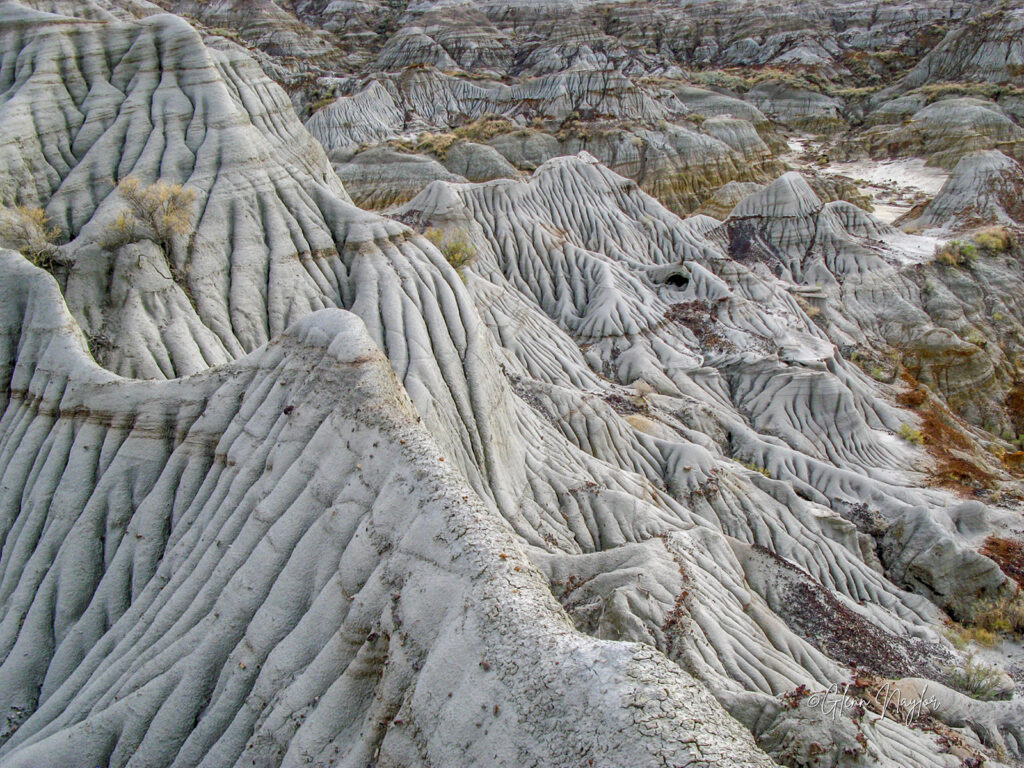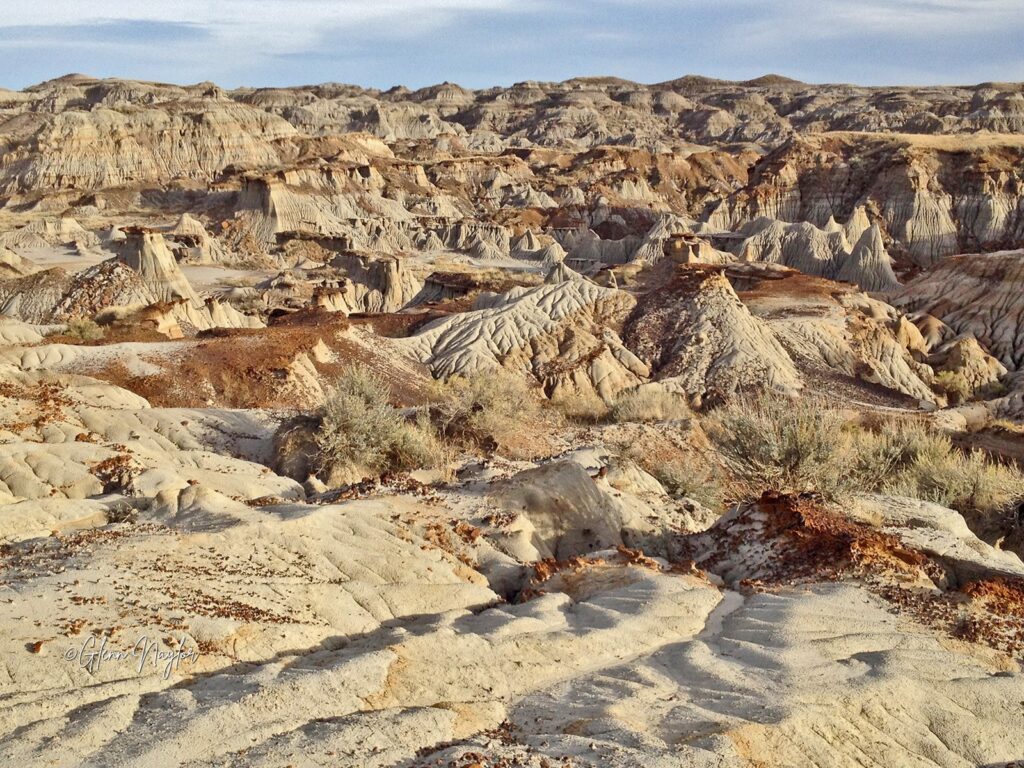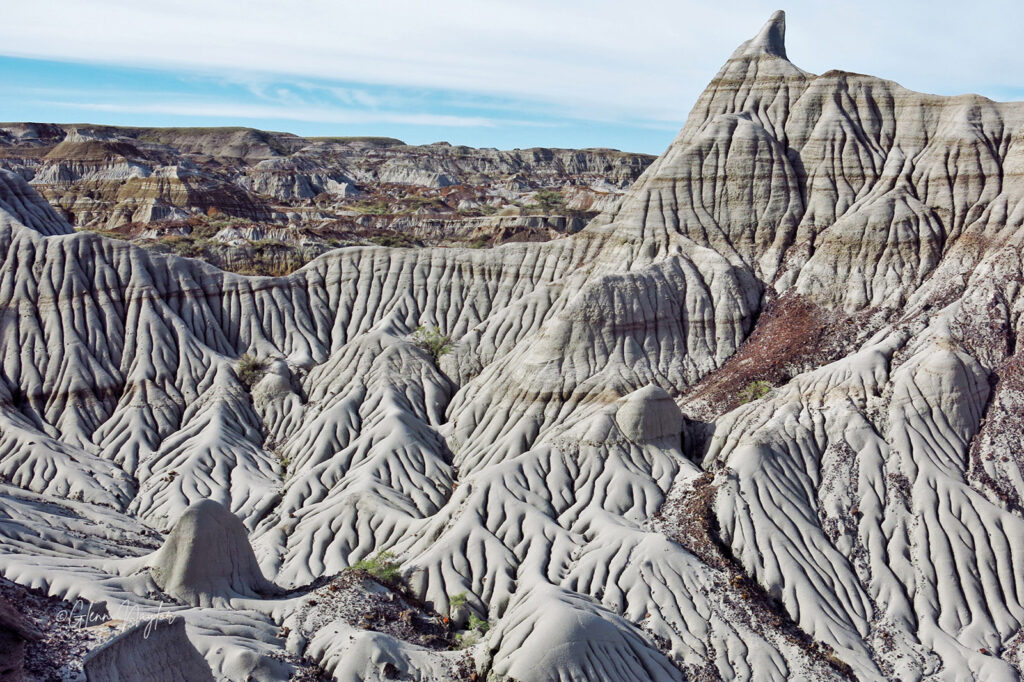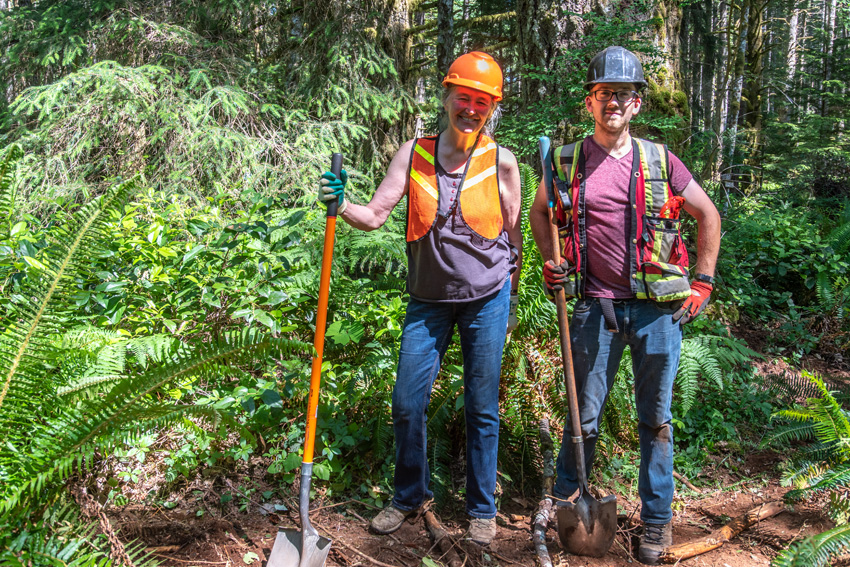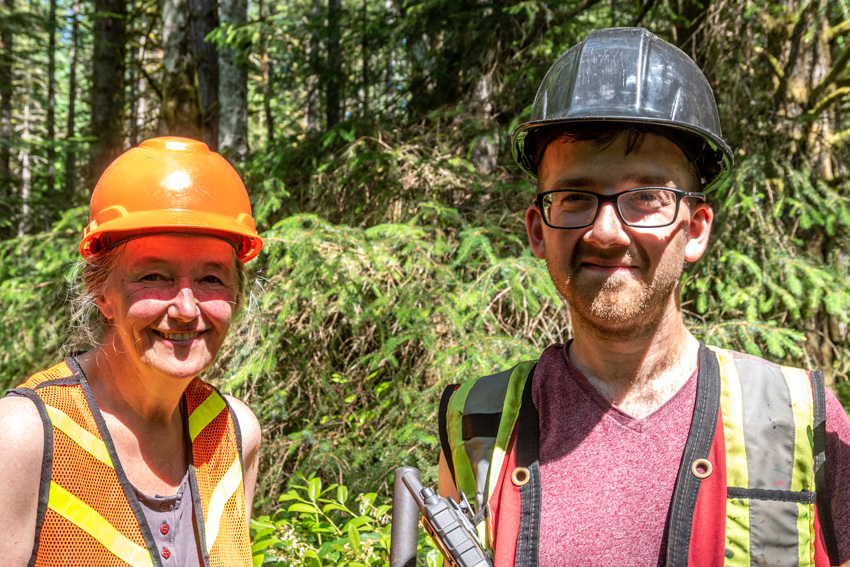Dinosaur Provincial Park
Dinosaur Provincial Park. Have you ever heard of it? Do you know where it is if you have? Most people think they know where it is and think its near Drumheller in Alberta, as that’s where the well know Tyrell Museum of Paleontology is located and it is exceptionally well know for Dinosaurs and fossils, but it is not the home of Dinosaur Provincial Park.
Like the badlands around Drumheller, Dinosaur Provincial Park (DPP) is located along the Red Deer river, but much further east and downstream from Drumheller. The world drops away as you arrive at the crest of the huge Grand Canyon like valley that contains it. You have no idea its there until you suddenly appear on the edge of it at the entrance viewpoint. It is a World Heritage Site that was designated as such in 1980. It is the worlds richest location for Upper Cretaceous (75 million years ago) dinosaur fossils. Complete skeletons removed from there are seen in museums around the world.
The closest larger community to DPP is Brooks, about 35km away from the Park to the South.
I had the opportunity to work there as a Park Ranger in 1979 and was completely taken by the land, the fossils and wildlife found there. Absolutely spectacular badlands. I spent every moment I could exploring the Parkas I had unlimited access to the entire Park. The majority of it is in a Natural Preserve with no public access. Only way in is by guided tour with the Park Interpreters. Since then I have returned many times and often conducted guided hikes through the Preserve with officials and friends. Its a labyrinth of valleys, coulees and spectacular badland formations that one can easily get lost in. temperatures are often over 100 degrees and there is no water except for the Red Deer river. Mule Deer, Coyotes, Bobcats, Rattle and Bull snakes can be found along with many species of birds; and be careful putting your hands in dark places as there are Black Widow spiders and Scorpions.
It does have a very nice campground that is very popular along Sandhill Creek which flows into the Red Deer. It also has a very nice museum, grocery/fast food store now, so you don’t have the long trek to Brooks for your basic supplies.
I found this place to be an absolute treasure trove for photographs! I have so many. The absolute best time is early morning and best is late afternoon before the sun sets. During the day there is very little definition and color, photos can be vary bland, but all that changes as the sun is lower on the horizon. I remember sleeping out in the badlands in just my sleeping bag looking up at millions of stars and listening to Coyotes howl. Makes on think of Dinosaurs, but one has to remember when they were living the area was a lush tropical type forest close to an inland sea, nothing like it is today.
If you have never been to this Park, really consider consider including it in to your travel plans, but make sure you do it when they still have the guided hikes and bus tours operating. One little tip, make sure you bring bug repellant because there are sand flies that are extremely irritating if you arrive when they are in full force! Also do not forget your camera!
Dinosaur Provincial Park, I must say is probably the most amazing place I have ever visited on this planet. I was lucky enough to explore it and get to know it intimately and to this I have been so thankful.
